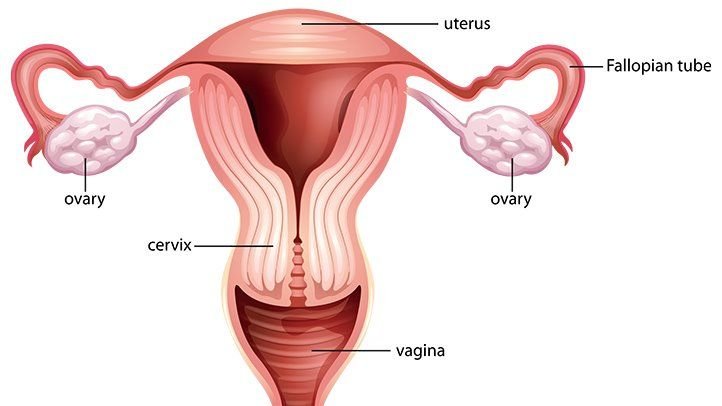
What is Cervical Erosion? Is it Related to Cervical Cancer?
Many female patients are very nervous when they learn that they have “cervical erosion” during gynecological examinations, fearing that it may be related to cervical cancer. What exactly is cervical erosion? Why? Is it related to cervical cancer?

What is cervical erosion?
Cervical erosion may seem serious through literal interpretation, but in fact it just refers to the appearance of the cervix being red, swollen, inflamed or ectropion. Its name is translated from the English Cervical Erosion. Nowadays, many foreign medical circles use “Cervical Ectropion” instead of cervical erosion.
The cervix is an oval columnar structure with an opening (orifice) in the middle. Many factors can make the cervix evert and cause inflammation; if the inflammation is severe, the everted cervix will look like broken skin, bright red in color and rough in texture, like erosion.
There are two types of cervical erosion! Causes of cervical inflammation and erosion
Cervical erosion can be divided into physiological and pathological. Most patients have physiological cervical erosion (ectropion). Usually, after a period of time, the cervix will return to normal without treatment; pathological cervical erosion is mainly caused by infection. It is necessary to find out the cause and prescribe the right medicine to avoid worsening.
- Physiological cervical erosion: It is a normal physiological phenomenon and is most common in postpartum women.
- Pathological cervical erosion: caused by infection with Trichomonas, Streptococcus, Staphylococcus, Chlamydia or Gonorrhea
Symptoms of cervical erosion
Physiological cervical erosion generally has no symptoms, so patients often find out that their cervix is everted during a gynecological examination. If symptoms occur, it means there is a certain degree of inflammation, and a cervical smear test is required to rule out the possibility of malignant lesions.
Common symptoms of cervical erosion
- Increased secretion, thick texture, or odor
- Abnormal vaginal bleeding, such as bleeding outside your period or after sex.
- Vaginal itching and pain
If inflammation and infection are severe, patients may have symptoms such as back pain, lower abdominal distension, frequent urination, urgency of urination, and pain during sexual intercourse.
How to treat cervical erosion?
Different causes lead to different treatments for cervical inflammation and erosion. If it is a trichomoniasis infection, anti-trichomoniasis drugs need to be used; if it is gonorrhea, chlamydia or genital herpes, vaginal suppositories, injections or oral antibiotics may be given. , or other antiviral drugs.
Other treatment methods include electrocautery, cryotherapy or laser therapy. These therapies destroy the inflammatory lesions and allow tissue to regenerate. However, because of the high recurrence rate, it may affect the structure of the cervix and even cause infertility, doctors generally start with Medication is the main treatment; usually after 1 to 2 weeks of medication, the inflammation and erosion of the cervix will improve.




